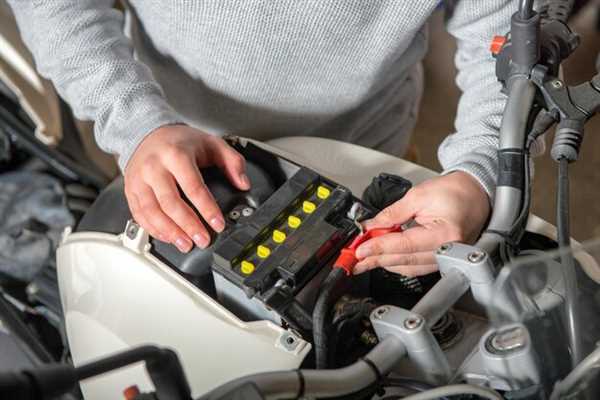
Begin by identifying malfunctioning elements within the vehicle’s electrical system. This can often be achieved by observing which components, such as lights or infotainment systems, are not functioning as intended. Look for signs of damage or charred appearances on the circuit elements.
Utilize a multimeter to confirm the integrity of the elements in question. Set the device to continuity mode, connect the probes to the terminals, and verify that a beep or reading indicates a complete circuit. If the device does not signal continuity, the element may require a swap.
For replacement, secure the necessary components that match the specifications, ensuring compatibility with your vehicle’s electrical system. Gather tools like pliers and a flathead screwdriver for easy access to the element location. After powering down the vehicle and ensuring no electrical flow, carefully remove the damaged piece and install the new one, securing it tightly.
Reconnect any components that were detached, turn on the vehicle, and retest the replaced item to confirm its functionality. Regular maintenance of these elements helps in sustaining optimal vehicle performance while preventing unexpected electrical issues.
Identifying Common Symptoms of Faulty Fuses in Your Vehicle

A sudden loss of power to specific electrical components often signals issues with protective circuits. Check for non-functioning lights, dashboard displays, or power windows to pinpoint problematic areas.
An unusual burning smell or visible signs of smoke might indicate overheating, a common outcome of blown circuits. Inspect the interior of the fuse box for any signs of damage or discoloration.
Frequent circuit interruptions, such as repeated blown units, suggest underlying problems that require attention. This can also result in erratic operation of electronics, including audio systems or climate controls.
If electronic features fail intermittently, such as headlights flickering or wipers malfunctioning, it’s often linked to malfunctioning protective elements. Test these functions in different conditions to confirm consistency in performance failure.
Ensure to monitor unusual behavior in electronic systems after any recent maintenance. A newly replaced item can sometimes short circuit if not properly installed, causing disruptions in their operation.
Be observant of your vehicle’s dashboard indicators. An illuminated indicator for electrical issues may suggest the need for immediate inspection of related components.
Step-by-Step Instructions for Testing Car Fuses
Ensure safety by disconnecting the vehicle’s battery. This action prevents electrical shorts while performing assessments.
Locate the panel housing the electrical components. Refer to the owner’s manual for the specific location within your model.
Inspect visually for any blown units. A broken filament or discoloration indicates the need for a substitution.
Utilize a multimeter set to the continuity function. Touch the probes to both ends of the unit. A tone or reading indicates functionality.
If a unit tests negative, remove using a fuse puller or pliers, ensuring not to apply excessive force.
Obtain the correct replacement with the same amperage rating. Confirm this detail on the fuse itself or in the manual.
Insert the new component securely into the designated slot. Ensure a snug fit to prevent future issues.
Reconnect the battery and power on the vehicle. Test the affected feature to ensure proper operation.
Choosing the Right Replacement Fuses for Your Car

Identify the correct amperage for the fuse you need. Check your vehicle’s manual or the label inside the fuse box for specifications.
Understand the types of replacement options available:
- Blade fuses: Commonly used in many modern vehicles. They come in various amperages and colors for easy identification.
- Glass tube fuses: Older models often utilize these types, which can be more fragile.
- Mini fuses: These are smaller and designed for specific applications; ensure compatibility with your system.
Verify the size of the fuse before purchase. Most fuses have a standardized size, but variations exist. Use a fuse puller or needle nose pliers to extract a sample if in doubt.
Select high-quality options from reputable manufacturers. Brands like ACDelco, Bussmann, or Littelfuse provide reliable choices for automotive applications.
Consider buying a fuse kit for convenience. This often includes various amperages and types, ensuring you are prepared for multiple situations.
Always check local regulations regarding electronic components. Some regions require specific standards for replacements.
Consult professionals if uncertain. Mechanics can provide insights and assistance specific to your vehicle model.
